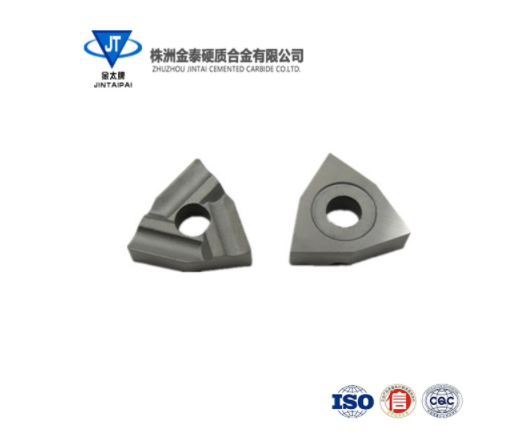At work, everyone unanimously pursues work efficiency, so for alloy milling cutters, improving work efficiency is also the same. Only when the tool is used correctly can it be used smoothly. So how to use the alloy milling cutter correctly?
Many customers always say that this tool is not allowed and that tool is not allowed during use. In fact, if you want the tool to achieve a good effect in the cutting process, in addition to the good quality of the cutting tool itself, the correct method of using the tool is also an important factor.

In the processing process, the most important thing is that the processing efficiency of the tool is inseparable from the workpiece material it processes, the power of the machine tool, the maximum speed, the condition of the machine tool and the fixture, and the correct selection of the tool. Among the carbide milling cutters, the most critical thing is the correct selection of the tool, and this is also inseparable from the ability of the technicians, because these technicians have the ability to comprehensively analyze, correctly understand, judge and find solutions to the process problems they face. If the technicians do not understand the cutting tools at all and analyze these problems incorrectly, this will directly affect the processing effect. When the axis of the carbide milling cutter coincides with or approaches the edge of the workpiece, the situation will be serious. The operator should do the following equipment maintenance work:
1. Check the power and rigidity of the machine tool to ensure that the required milling cutter diameter can be used on the machine tool.
2. The overhang of the tool on the spindle is as short as possible to reduce the impact load caused by the position of the milling cutter axis and the workpiece.
3. Use the correct milling cutter pitch suitable for the process to ensure that there are not too many blades meshing with the workpiece at the same time during cutting to cause vibration. On the other hand, when milling narrow workpieces or milling cavities, ensure that there are enough blades meshing with the workpiece.
4. Ensure that the feed rate per blade is used so that the correct cutting effect can be obtained when the chip is thick enough, thereby reducing tool wear. Use indexable inserts with positive rake angle grooves to obtain smooth cutting effects and very low power.
5. Choose a milling cutter diameter suitable for the width of the workpiece.
6. Choose the correct main deflection angle.
7. Place the milling cutter correctly.
8. Use cutting fluid only when necessary.
9. Follow the tool maintenance and repair rules, and monitor tool wear. Good maintenance of carbide milling cutters can extend the tool life and improve work efficiency.
Post time: Nov-05-2024












